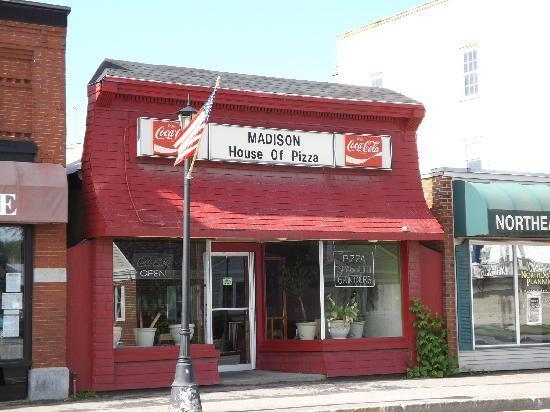Madison, ME
Advertisement
Madison Map
Madison is a town in Somerset County, Maine, United States. The population was 4,523 at the 2000 census(see below).
The area was once territory of the Norridgewock Indians, a band of the Abenaki nation. Early visitors describe extensive fields cleared for cultivation. The tribe also fished the Kennebec River. French Jesuits established an early mission at the village, which was located at Old Point. But Father Sebastien Rale (or Rasle), appointed missionary in 1694, was suspected of abetting the tribe's raids on English settlements. Governor Joseph Dudley put a price on his head. British troops attacked the village in 1705 and again in 1722, but both times Father Rale escaped into the woods. But on August 23, 1724, soldiers attacked the village unexpectedly, killing 26 warriors and wounding 14, with 150 survivors fleeing to Canada. Among the dead was Father Rale.
Settled by English colonists about 1773, the land would be surveyed in 1791. In 1775, Benedict Arnold and his troops would march through Norridgewock Plantation, as it was known, on their way to the ill-fated Battle of Quebec. Incorporated on March 7, 1804, the town was named after United States president James Madison. Farming was an early industry, with hay and cattle the principal products. The native rock is slate, and a quarry was established to extract it. Because of the region's abundant forests, lumbering developed as an industry, with four sawmills operated by water power on the Kennebec. Here the Norridgewock Falls drop 90 feet (27 m) over a mile, which attracted other manufacturers as well. In the 19th century, the small mill town had factories which produced carriages, window sash, window blinds, doors and coffins.
Nearby cities include Anson, Farmington, Bingham, Oakland, Fairfield.
Places in Madison
Dine and drink
Eat and drink your way through town.
Places to stay
Hang your (vacation) hat in a place that’s just your style.
Advertisement












